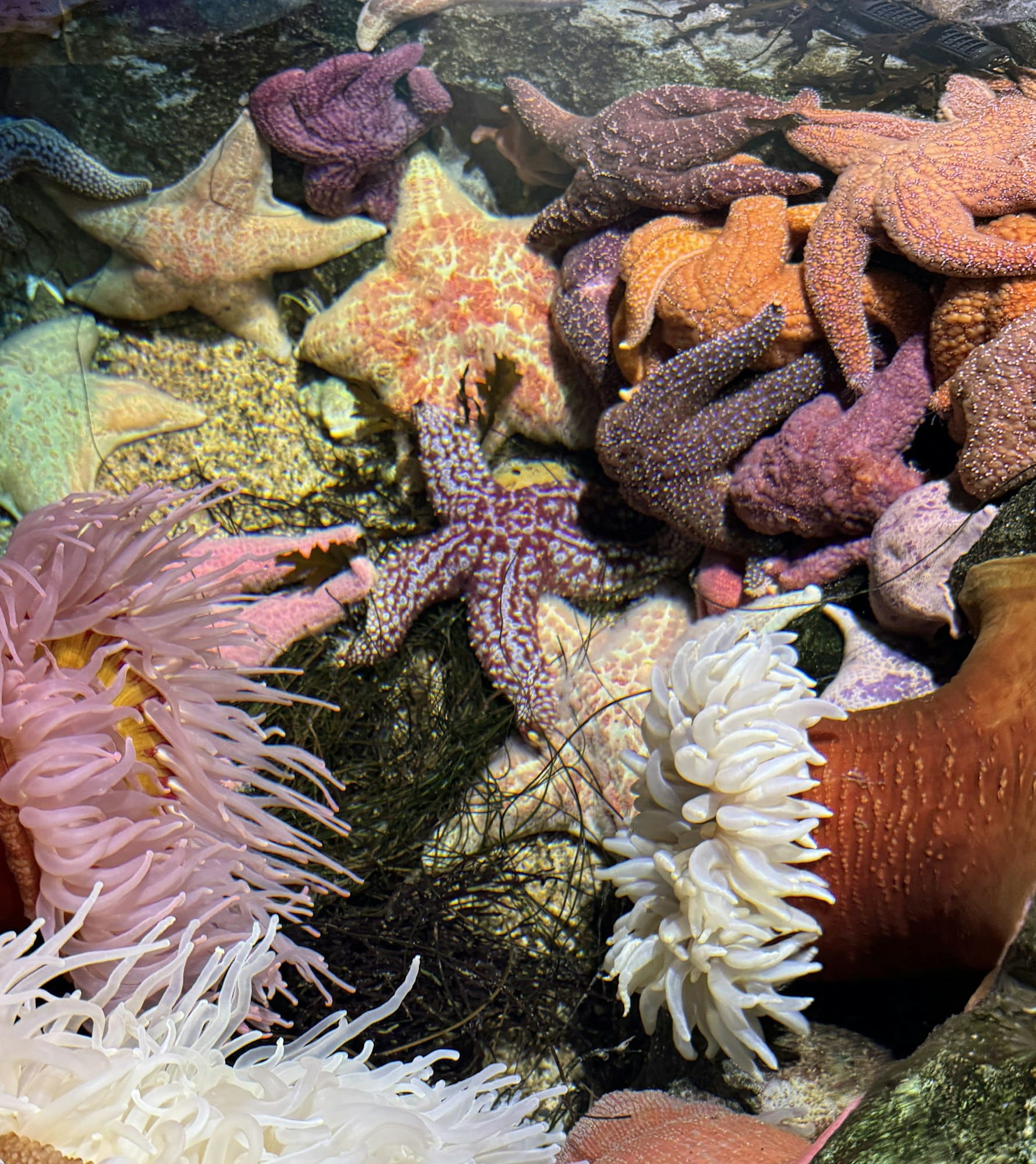What are the best practices for creating wildlife-inclusive urban real estate developments to promote biodiversity?

Urbanization is a global phenomenon that has transformed landscapes, ecosystems, and human societies. As cities continue to expand, the natural habitats of many wildlife species get reduced, fragmented, or lost completely. However, urban real estate developments can be designed to promote biodiversity and create habitats for wildlife. This article will delve into the best practices to create wildlife-inclusive urban real estates that foster biodiversity, while ensuring the functionality and aesthetics of the community.
Incorporating natural elements into the design
A key practice in creating wildlife-inclusive urban developments involves integrating natural elements into the design. These could be in the form of green roofs, vertical gardens, or landscaped terraces, which not only add aesthetic appeal but also provide habitats for various species.
In the same genre : Basics of investing in index funds
Designed with native and drought-tolerant plants, these green spaces serve as mini ecosystems, attracting pollinators like bees and butterflies, and providing food and nesting sites for birds. They also help in reducing urban heat island effect and improving air quality, thus benefiting the human residents as well.
Water features, such as ponds or rain gardens, can also be incorporated to attract amphibians and aquatic insects. It’s essential, however, to ensure these features are well-maintained to prevent them from becoming breeding grounds for mosquitoes.
Also to see : Understanding interest rates and their impact
Prioritizing native species in landscaping
Landscaping is a crucial aspect of urban real estate development. However, it’s recommended to prioritize native plant species over exotic ones in landscaping. Native plants are adapted to the local climate and soil conditions, and therefore, require less maintenance. Moreover, they form a part of the local wildlife’s diet, and thus their use in landscaping ensures food availability for native species.
Landscaping should also aim to provide a variety of plant types, including trees, shrubs, and flowering plants, to cater to different species’ needs. The use of plants bearing fruits, nuts, or berries can attract a variety of birds and mammals.
Providing wildlife-friendly amenities
Urban real estate developers can also create wildlife-friendly amenities to attract and support various species. These could include bird baths, bird houses, and bat boxes, which can be easily integrated into the design of buildings and public spaces.
Creating corridors of green space can also be beneficial, allowing wildlife to move freely between different habitats. This is particularly important in urban areas where habitats can be fragmented.
Implementing responsible waste management practices
Waste management is another crucial area where urban real estate developments can contribute to promoting biodiversity. By implementing responsible waste management practices, such as composting and recycling, developers can reduce the volume of waste going to landfill, thus minimizing impacts on local wildlife.
Composting organic waste not only reduces landfill volumes, but also creates rich soil that can be used in landscaping. Moreover, it can attract beneficial insects, like beetles and worms, which are important for soil health.
Recycling, on the other hand, can prevent littering, which is harmful to wildlife. Developers should provide ample recycling bins throughout the development and educate residents about the importance of proper waste disposal.
Monitoring and taking corrective actions
Finally, a commitment to promote biodiversity in urban real estate developments should include ongoing monitoring and taking corrective actions as necessary. Developers can work with local conservation groups or hire ecological consultants to monitor the presence and health of wildlife in their developments.
This can involve regular surveys to check for nests or signs of wildlife and monitoring the health of plants. If any issues are identified, such as a decline in certain species, corrective actions can be taken. This could involve tweaking the landscaping, adjusting waste management practices, or installing additional wildlife-friendly amenities.
In conclusion, urban real estate developments have the potential to contribute significantly to promoting biodiversity. By incorporating natural elements in design, prioritizing native plants in landscaping, providing wildlife-friendly amenities, implementing responsible waste management and conducting ongoing monitoring, developers can create spaces that are inclusive for wildlife, while providing a high-quality living environment for humans.
Biodiversity conservation in developing countries and indigenous peoples’ involvement
Biodiversity conservation is not just a concern for developed nations; developing countries too have a significant role to play. As countries urbanize, the need to integrate urban biodiversity in real estate planning and development becomes more critical. According to data available on Google Scholar and Crossref, developing countries play host to some of the world’s most diverse ecosystems. It’s thus essential that these countries adopt best practices that promote biodiversity in their urban areas.
Effective conservation sustainable projects require active involvement and cooperation of indigenous peoples. They have unique knowledge and skills that are often overlooked in conservation planning. They can provide invaluable insight into local ecosystems, species, and their interrelationships. By respectfully integrating their knowledge and perspectives into urban real estate development, cities can craft more effective and sustainable conservation strategies.
Furthermore, technical assistance can be provided to these communities to aid them in their conservation efforts. This can take the form of training, resource allocation, and support in the implementation of biodiversity-friendly practices in urban real estate development. Involving indigenous peoples in these efforts not only contributes to conservation sustainable goals but also fosters social inclusion and equity.
Climate change, natural resources, and sustainable development
Climate change is a significant global issue that impacts biodiversity. Habitats and species worldwide are grappling with changing weather patterns, increasing temperatures, and extreme weather events. These changes can disrupt ecosystems, leading to a decline in biodiversity. In this context, urban real estate developments can play a significant part in combating climate change and promoting biodiversity conservation.
The integration of green spaces in urban development, also known as urban green, is one such measure. These spaces serve as carbon sinks, helping to mitigate climate change by absorbing carbon dioxide from the atmosphere. According to Google Scholar and Crossref, urban green spaces also play a crucial role in cooling urban areas, thus reducing the urban heat island effect and conserving energy in buildings.
Efficient use of natural resources is another critical aspect of sustainable development. This involves using water, energy, and other resources efficiently and consciously in real estate development. Implementing energy-efficient technologies, rainwater harvesting systems, and sustainable waste management practices can greatly reduce a development’s environmental footprint.
Moreover, sustainable practices in urban real estate development can contribute to achieving the goals and targets set under various international environmental agreements. These include the United Nations Sustainable Development Goals (SDGs), the Paris Agreement on climate change, and the Convention on Biological Diversity.
In Conclusion
Urban real estate developments hold tremendous potential in promoting biodiversity, particularly in the face of pressing global challenges like urbanization and climate change. By incorporating various practices such as integrating natural elements into development design, prioritizing native species in landscaping, providing wildlife-friendly amenities, and implementing responsible waste management, urban real estate can contribute significantly to biodiversity conservation. Moreover, involving indigenous peoples in conservation efforts can yield more effective and sustainable outcomes.
However, the project will require commitment, ongoing monitoring, and readiness to take corrective actions. In this endeavor, resources like Google Scholar and Crossref can provide invaluable research and data to guide planning and implementation. As we continue to urbanize, our collective efforts in promoting urban biodiversity will shape the health and resilience of our urban areas and the planet at large.
